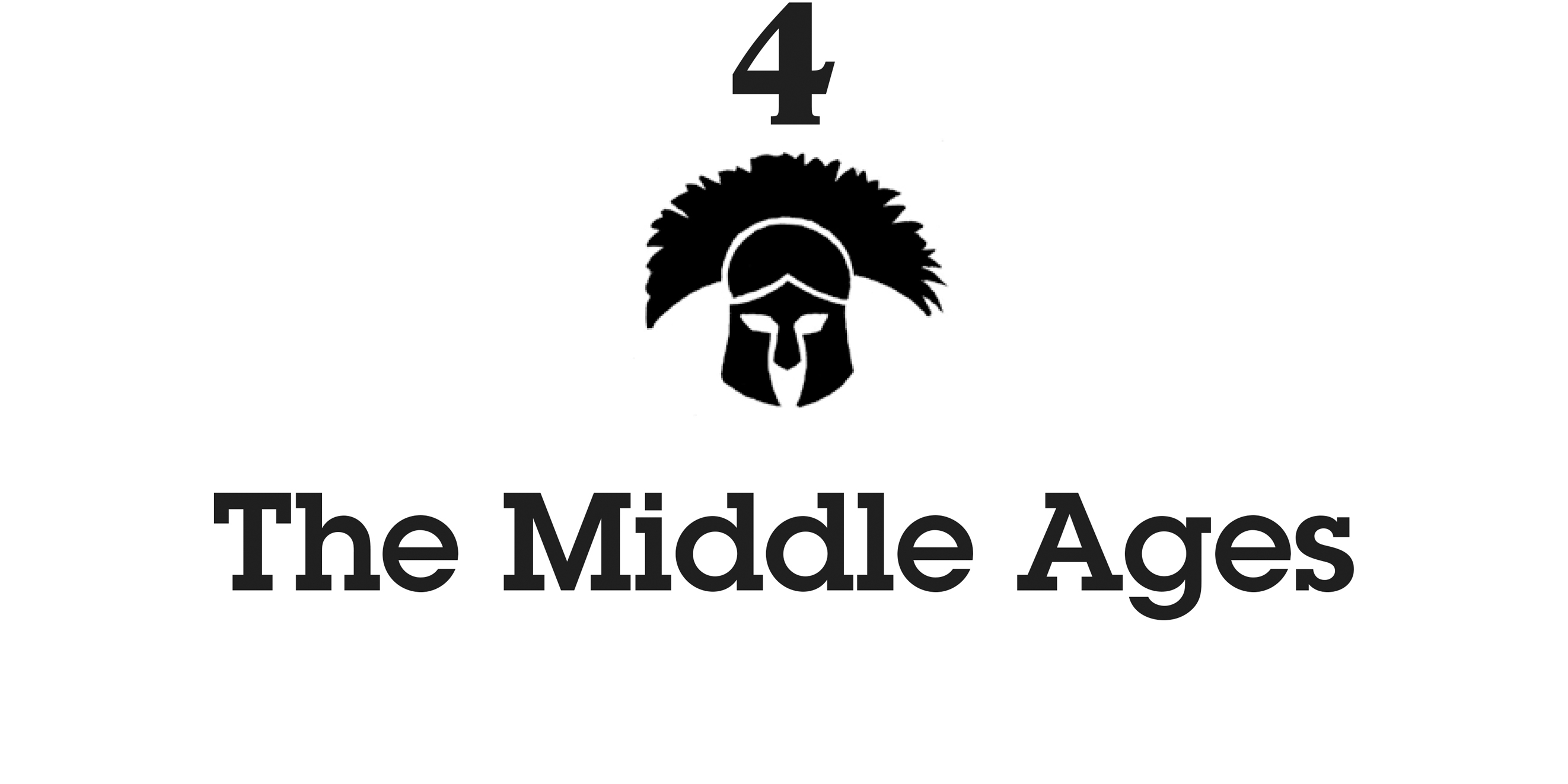
After Rome lost its power, the Middle Ages began in Europe. People call this time the Middle Ages because it was between ancient and modern times. It began in 476 CE and lasted for about a thousand years.

The Middle Ages are also called medieval (med-EE-vul) times.
During medieval times, kings owned almost all the land. To be safe from attack, they built stone castles surrounded by high walls. Because rulers were often at war, they built large, powerful armies.
Feudal System
Wealthy men who were loyal to the king were called barons. The king gave them the right to use land if they promised to be loyal and fight for him. This is called the feudal system.
Barons often built their own castles or manors. People called serfs worked for them. They kept some crops they grew in return for working for the baron.
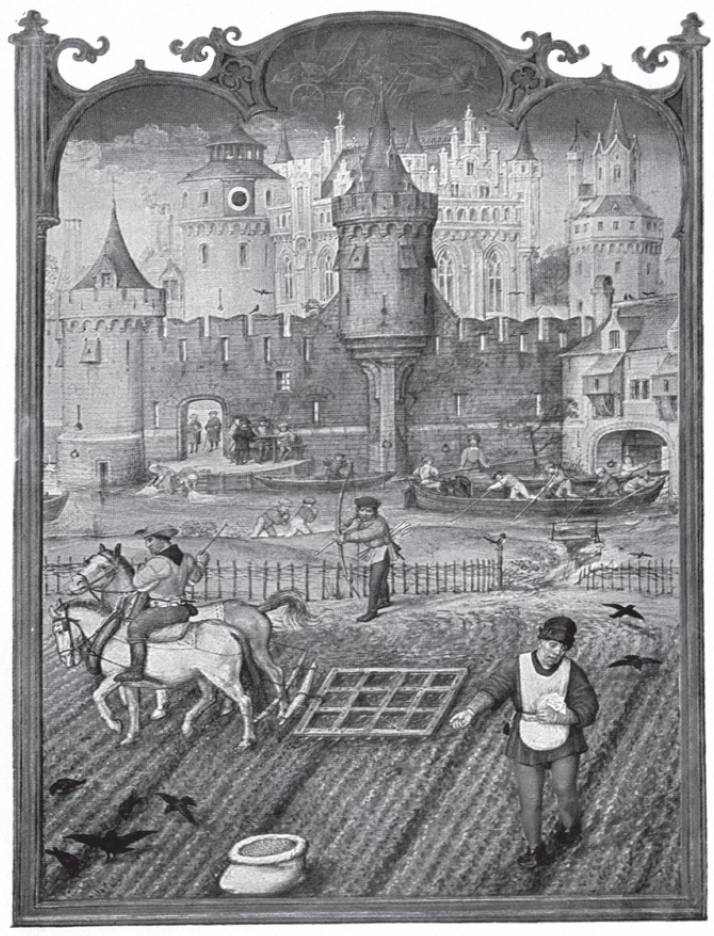
Serfs were usually very poor. They had few rights and usually not enough food to keep them healthy. What they did have was a place to live and protection by the baron. Even so, many serfs died by the time they were thirty years old.

Lands held by the barons were called fiefs (FEEFS).
Knights
Knights were the most respected soldiers in the medieval army. They were warriors who wore heavy armor and fought on horseback. Horses, weapons, and armor were very expensive, so knights usually came from families rich enough to afford these things.

Many times, knights were also sons of knights.
Training to Be a Knight
It was really hard to become a knight. A boy left home when he was six or seven to live and train at another lord’s castle.
For the first few years, he worked as a page. Pages were like servants. They served meals, took care of the knight’s clothes, and ran errands.
Because knights were supposed to be polite, pages learned good manners. Spitting during a meal or riding horses indoors was strictly forbidden! They also practiced singing or playing an instrument. They even learned to dance.
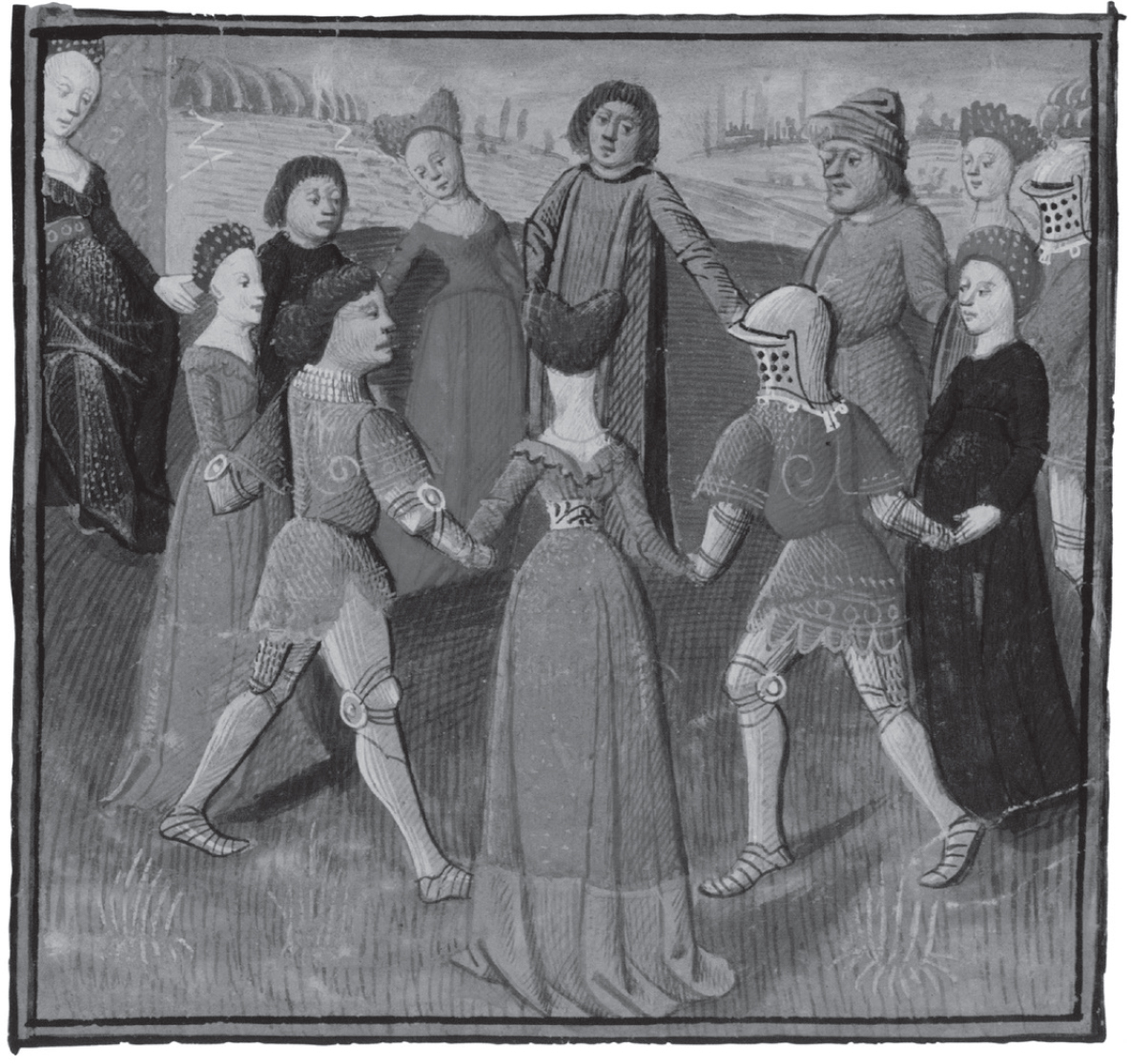
To feel comfortable with weapons, pages fought with wooden swords and wooden shields. They practiced throwing a lance from the back of a horse by sitting on wooden horses on wheels. As someone pulled the horse forward, they threw lances at a target.

When a page was fourteen or fifteen, he became a squire. His training became more serious. A squire practiced with real weapons and learned to fight from the back of a horse.

The word squire comes from a French word meaning “shield carrier.”
Since knights carried lances and other weapons into battle, they needed to keep their hands free. To learn how to do this, squires practiced riding without reins and controlling the horses with only their knees.
Before a battle, a squire helped his knight put on armor. If a battle got too intense, squires fought alongside their knights.
Dubbing Ceremony
When a squire was skilled enough, he became a knight. He received this honor at a dubbing ceremony. He went down on one knee. He then vowed to be loyal to the king.

Then a knight or the king himself tapped him on both shoulders with a sword or his hands. When the ceremony ended, the new knight received gifts of spurs, weapons, and armor. Everyone celebrated with a big feast, which they ate with their hands and a knife! (No forks yet!)
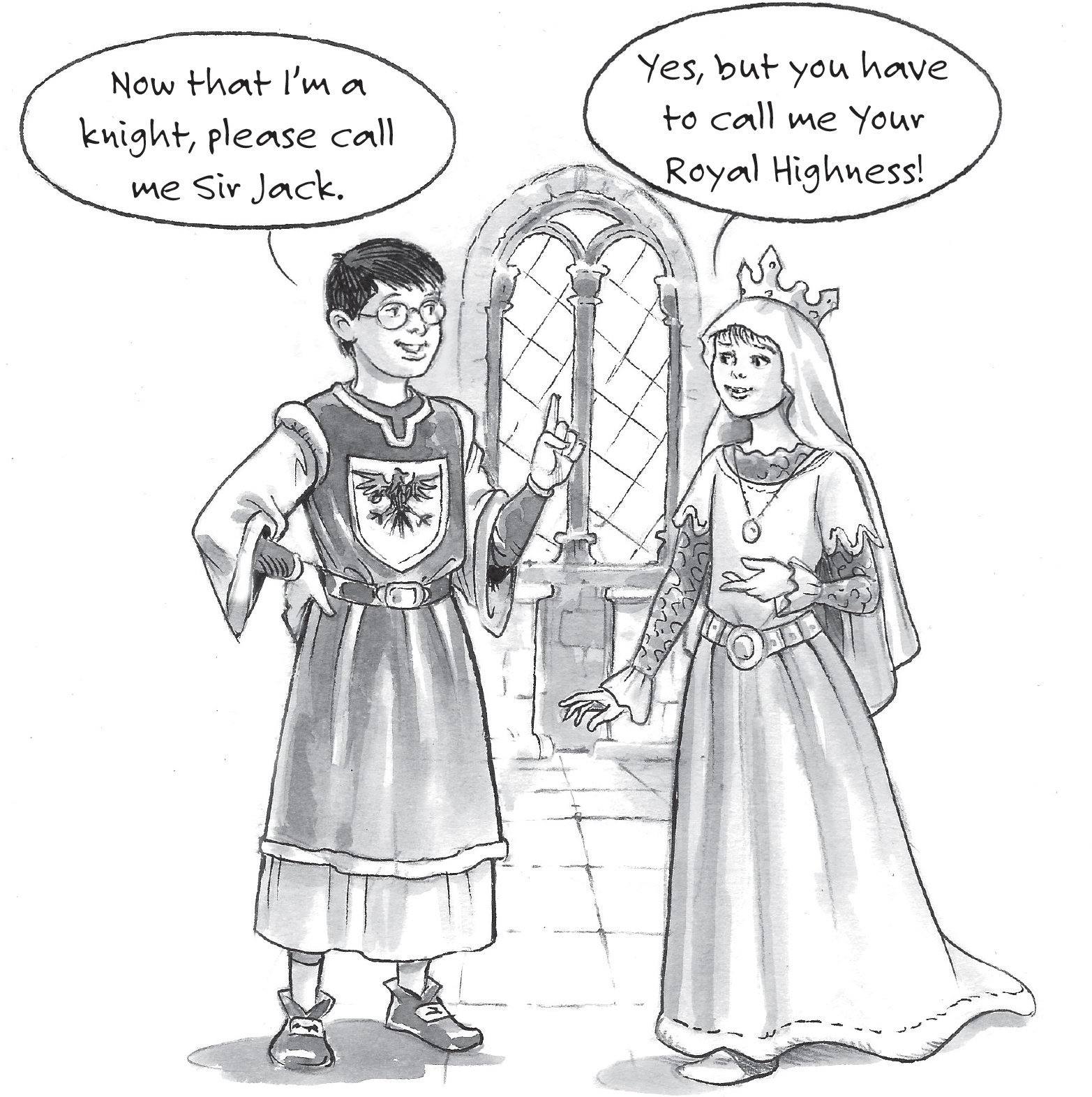
Code of Chivalry
A knight vowed to follow the code of chivalry. The code gave him rules about how to behave. The perfect knight was always brave. He protected the weak and treated people fairly. One of his most important duties was loyalty to the king.
Chivalry also demanded that a knight honor and respect women. He was supposed to be gentle and generous to them at all times.


People often told stories about a brave knight winning the heart of a lady he loved.
But knights could be brutal and violent. They could also be cowards. If they were, their shields and swords were broken in two, and they lost the privilege of being a knight.
Armor
Knights wore heavy metal armor. It was so hot inside that they had a hard time breathing. They needed twice the energy they’d use just walking around!

A knight’s armor might weigh over fifty pounds. He was covered in metal from head to toe.

The helmet covered so much of a knight’s head that he could only see what was in front of him.


Horses wore armor called barding.
Weapons
The knight’s most important weapon was his sword. Early swords were wide and flat with two sharp edges. These were slashing swords. The problem was that the slashing swords couldn’t get through an enemy’s armor.
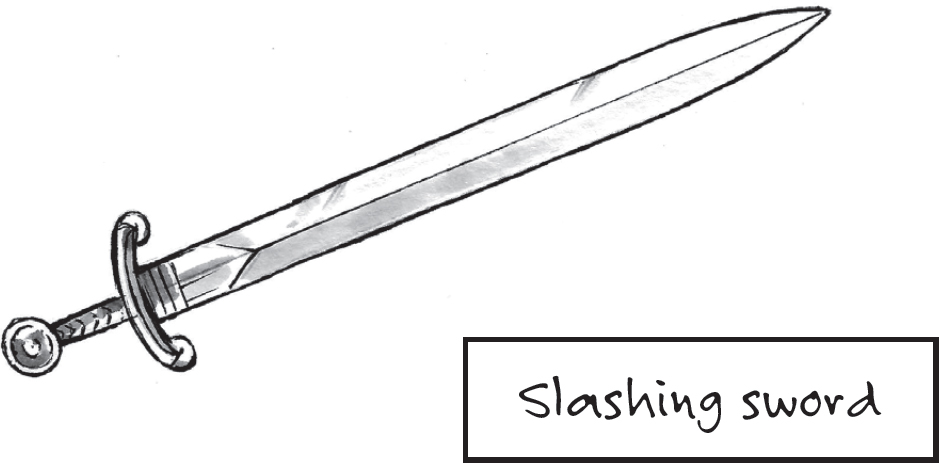
To solve this problem, sword makers made thrusting swords. They had sharp tips that fit between the armor’s steel plates.
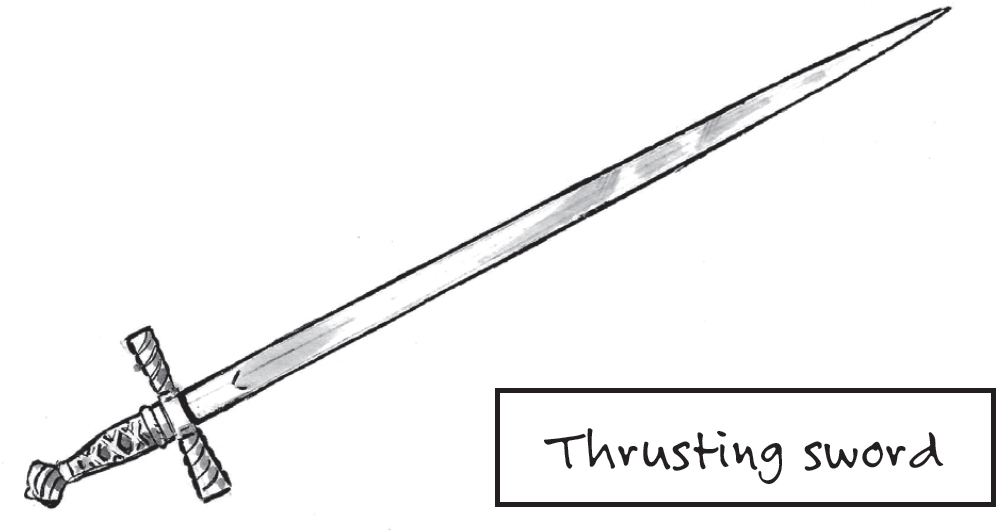
The heaviest swords were two-handed swords. They were as tall as the knights and so heavy they needed both hands!
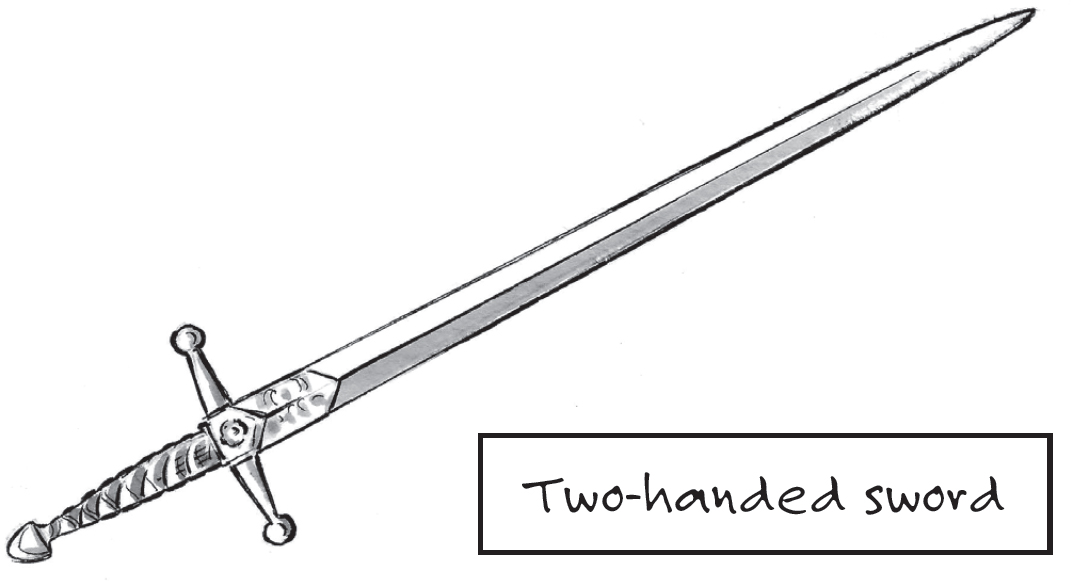
A knight rode toward the enemy with a large shield in one hand and a long lance tucked under his arm. He used the lance to wound people or knock them off their horses.

The average height of a knight was 5 feet, 8 inches tall.
Crossbows and Longbows
Knights weren’t the only soldiers on the battlefield. Skilled archers often made an army successful. Medieval bows and arrows were much more powerful than the ones used by ancient armies.

There were two types of bows. One was the crossbow. Archers held it like a rifle and pulled a trigger. The arrow went about 200 yards and could pierce a knight’s armor. The problem was that an archer could shoot only two arrows per minute.
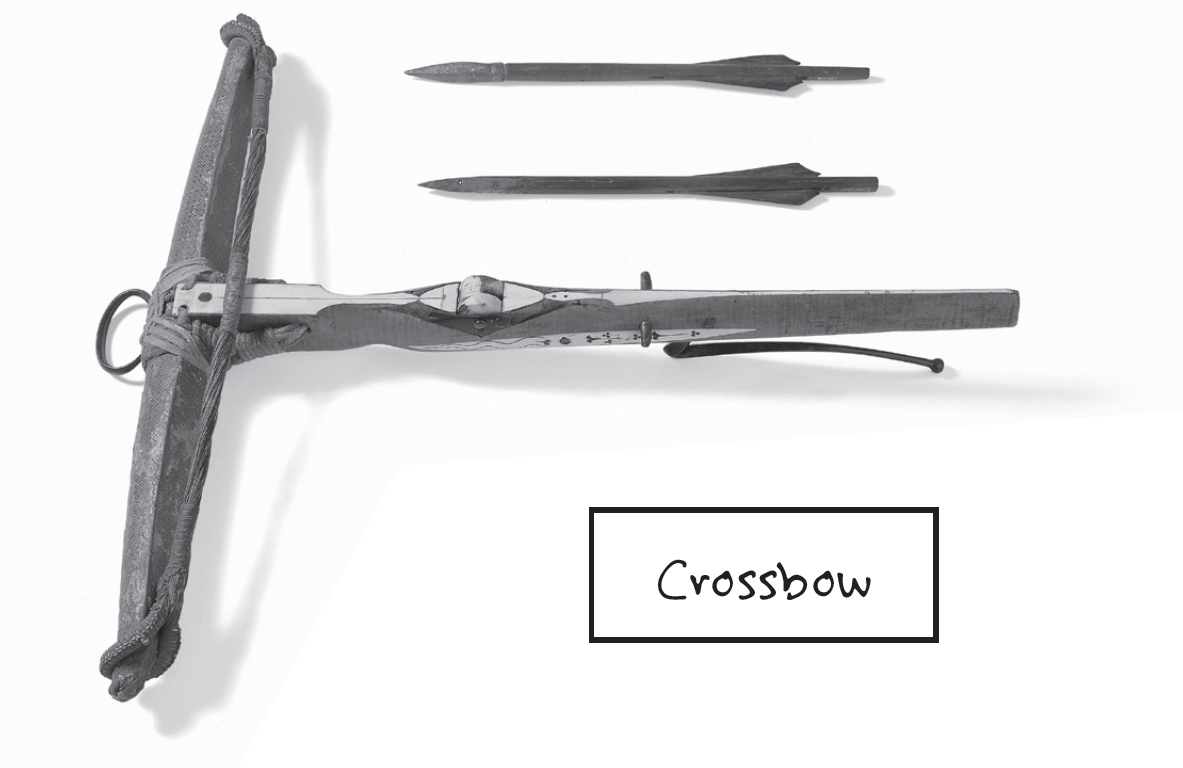
Longbows were six to seven feet long. Archers needed both skill and lots of strength to pull the string back.
The advantage of the longbow was that it didn’t weigh much and shot six to ten arrows a minute. They could injure someone from 400 yards away and kill at 200 yards.
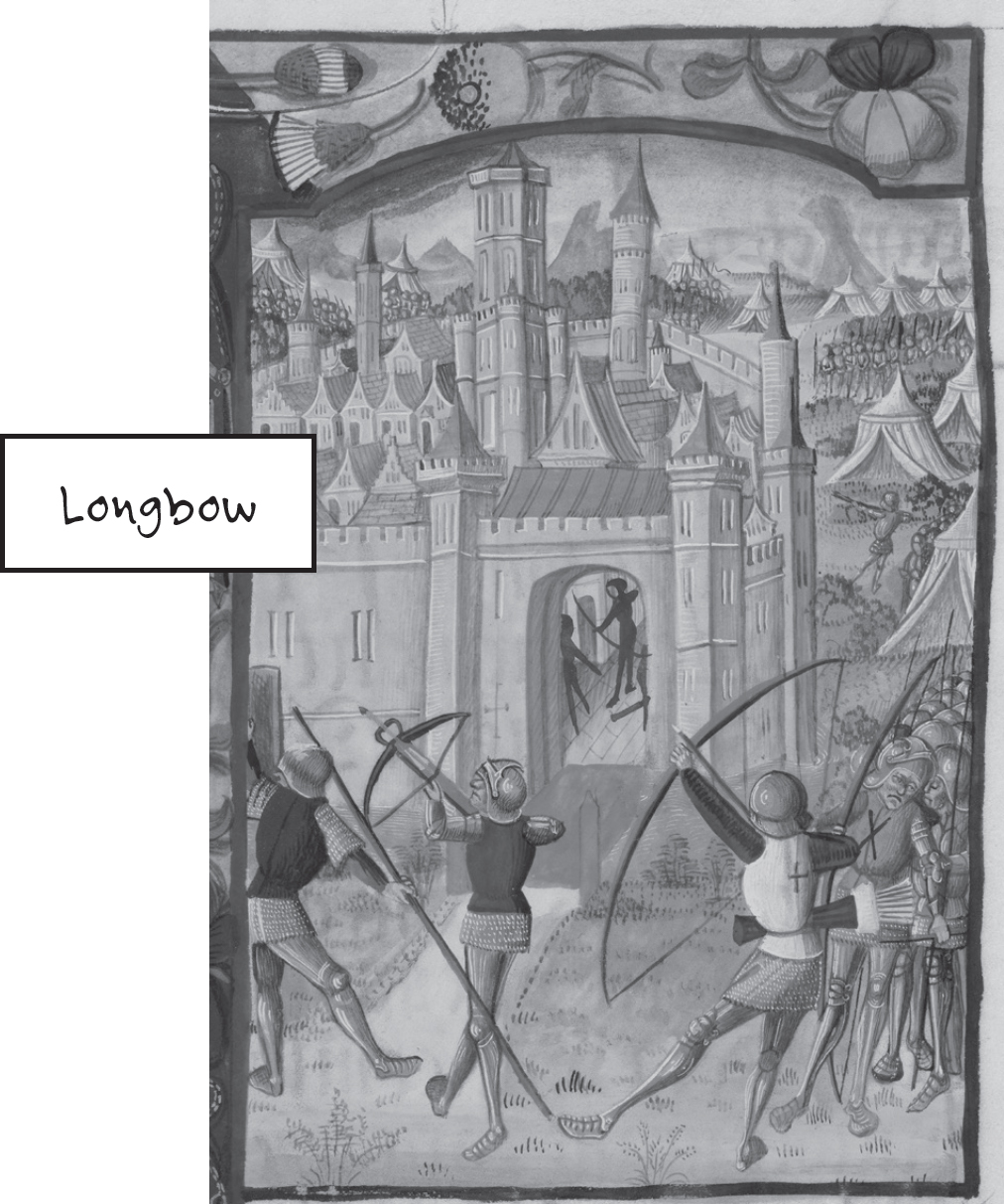
King Henry V
In 1415, King Henry V of England faced the French army on a muddy battlefield in a place in France called Agincourt (A-jin-kort). Henry had about 6,000 soldiers, while the French had almost four times as many.
But 5,000 of Henry’s soldiers were longbowmen. They could shoot so fast that about 30,000 arrows flew toward the French every minute! Because of the skill of his longbowmen, King Henry won the battle.
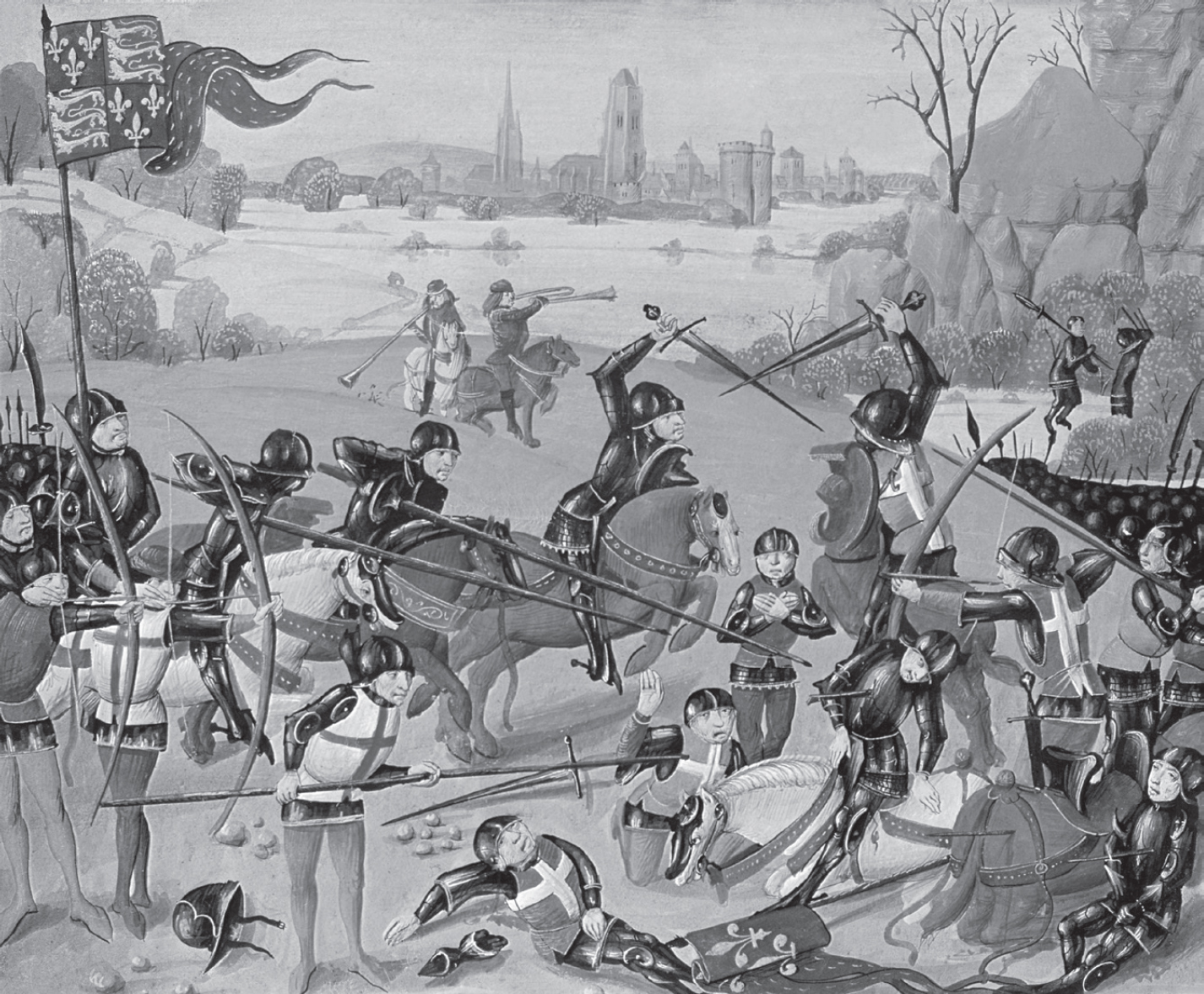

Henry V and his soldiers had marched 250 miles in seventeen days to get to Agincourt. They arrived exhausted and still won!
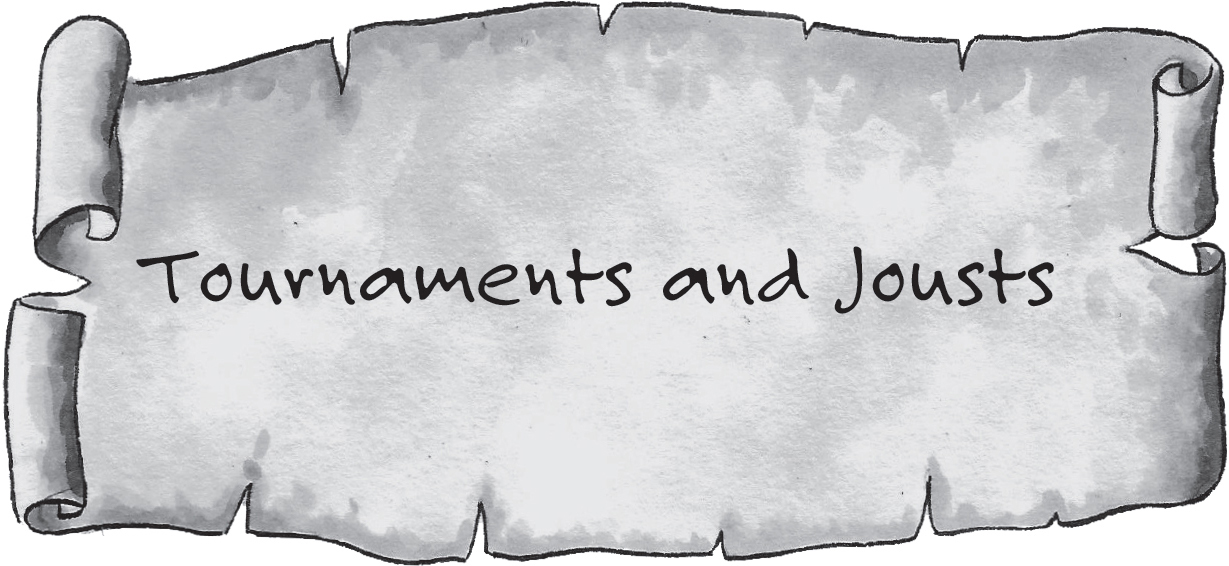
The biggest medieval festivals were tournaments that usually lasted for several days. As excited crowds watched, the knights gathered on a field decorated with flags to have fake battles with one another. They used rounded weapons to keep anybody from being too badly hurt.
A joust (JOWST) was a contest between two knights. They galloped toward each other at breakneck speed and used their lances to try to knock the other knight off his horse.
Jousts could be dangerous and sometimes even deadly. In 1559, for example, King Henry of France died from injuries he received while jousting. In 1536, King Henry VIII of England was hit so hard in the head that he could not speak for two hours!

